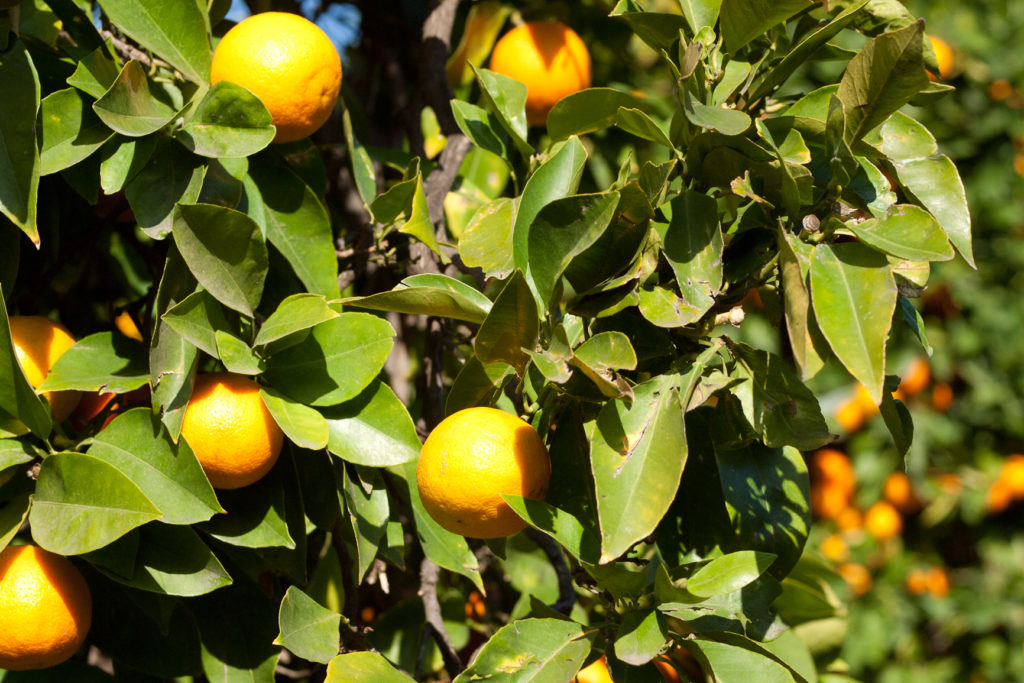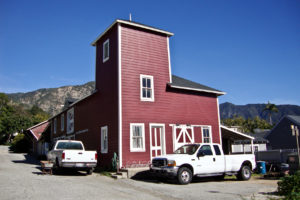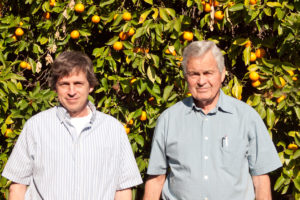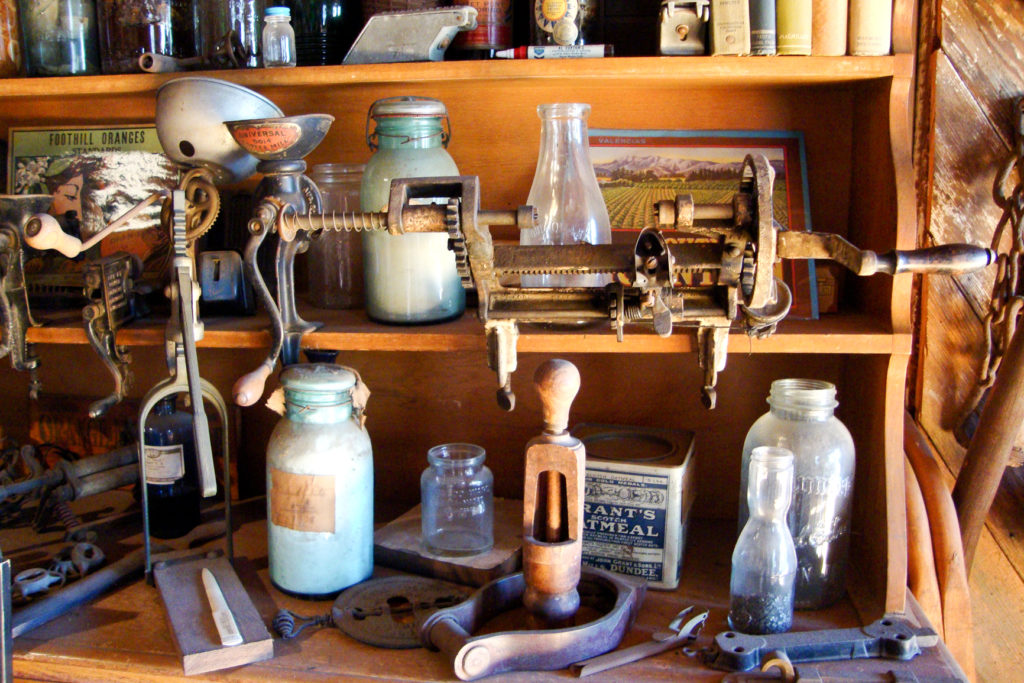
I read books and magazines about urban farming the way many people read cookbooks.
Sometimes I intend to use the information I read, but usually I’m just daydreaming. I love visiting urban farms for the same reason. I justify these trips by saying they’re good for my children’s education. But what I’m really after is to see how urban farmers have managed to carve out a bit of undeveloped land to grow crops, raise chickens or wrangle livestock in the midst of the city.
The E. Waldo Ward Ranch in Sierra Madre, Calif., is not an “urban farm” in the usual sense. That is to say, the ranch is not the product of urban land reclamation for agricultural purposes. It was here first, long before suburban sprawl took over. E. Waldo Ward started his ranch in 1891, and the city grew around it.
The ranch is situated in a quiet, “un-ranch-like” suburban neighborhood of Craftsman homes. But behind a stately house with a large lawn, you’ll discover barns, tractors, pick-up trucks and a “backyard” that stretches to the next block. It’s like a farm that’s been carefully camouflaged by surrounding it with suburban homes.

An empire built on marmalade
We parked behind the house and I went inside the small gift shop for our tour. I was greeted by Jeff Ward, fourth-generation rancher. Jeff pointed out the ranch is still a working ranch, even though it’s only 2.5 acres, and it still produces the same product that his great-great-grandfather (E. Waldo himself) started producing more than 100 years ago.
Our first stop on the tour was the original processing room, built in the early 1900s, where the company’s first product was tested. On the day we visited, soft winter light filtered through the many windows that wrapped around the room. It was here that E. Waldo Ward launched an empire based on marmalade.
Edwin Waldo Ward imported two Seville orange trees from Spain in 1891. He planted these new trees in the rich soil of the San Gabriel Valley. As a luxury food salesman, E. Waldo knew that the best marmalade came from Seville oranges, and no one in America was making high-end marmalade.
E. Waldo slowly built a grove of more than 600 trees that covered 30 acres using his two Seville orange trees as grafting stock. By 1915, he believed he could take the big step — quit his job, and launch his product.
Within a few years he was selling massive amounts of his high-end marmalade to his old sales clients, the railroads. He was harvesting oranges, making marmalade and packaging the product in his canning “factory” behind his house.

Into the modern era
Jeff walked us past pallets and a small lift truck to the barn that E. Waldo built in 1902. Today it’s part store-room, part museum — a treasure chest of crazy old machines and relics of early 20th century preserve-making. One side of the tiny museum showcases examples of kitchen tools and family photos of the ranch over the past 100 years. The other side contains a workbench that looked (and smelled) just like my grandfather’s workbench on his farm in Virginia. In these quiet corners it is easy to feel that E. Waldo’s spirit is still very much alive at the ranch.
After leaving the barn, we entered a series of much more modern processing and packing rooms. It is here that Jeff, and his dad Richard, spearhead the marmalade and jam processing operation that still bears E. Waldo’s name.
Jeff also applies the family’s know-how to help others create their own commercial food products. The company now offers consulting and co-packing services, helping small-time entrepreneurs take a handcrafted food product to market, just as E. Waldo did in this same spot more than a century ago.
The tour ended back in the gift store where we were offered the ranch’s high-end jams, marinades and sauces. I managed to taste, and ultimately take home, a number of delicious goodies, including blood orange marmalade and sweet spiced peaches.

As we packed up our jars of preserves and headed back down the path to the city street, I watched my daughters scamper amid the orange trees playing hide and seek. I remembered hiding behind the gnarled old apple trees in my grandfather’s tiny orchard in Virginia in much the same way. Although I was 3,000 miles away from my family’s farm, I couldn’t help feeling that I was giving my daughters a glimpse of their own agricultural roots. This tiny piece of old California rancho history conjured up the spirit of 19th century while creating a vivid memory of the pleasures of living in Southern California today.
And the sweet spiced peaches were delicious.
